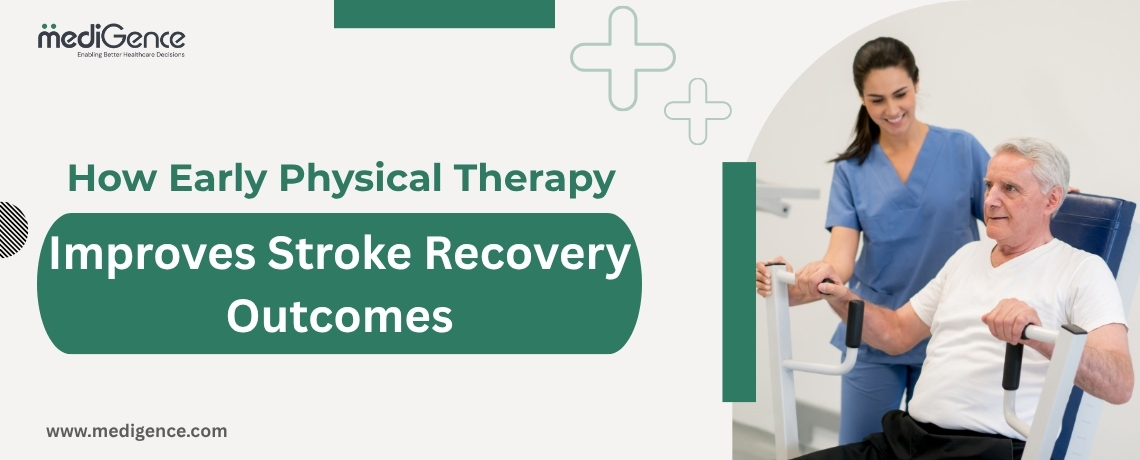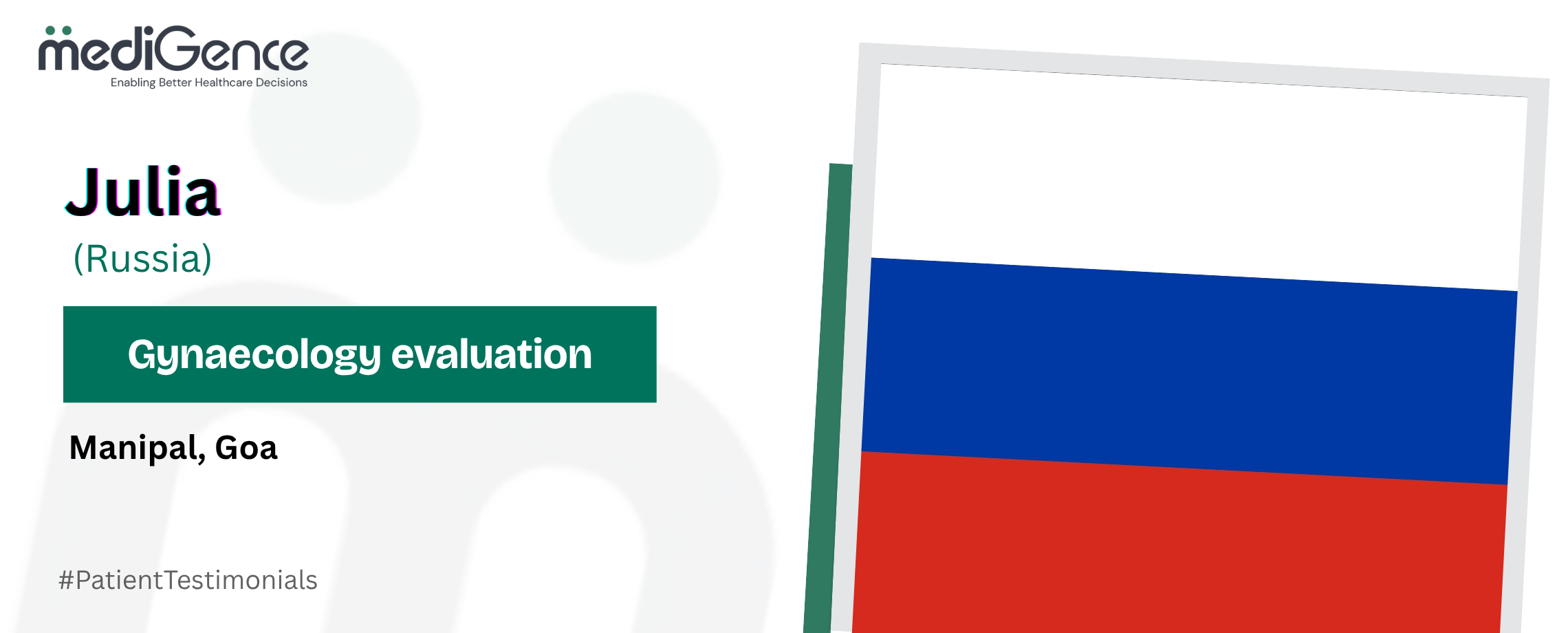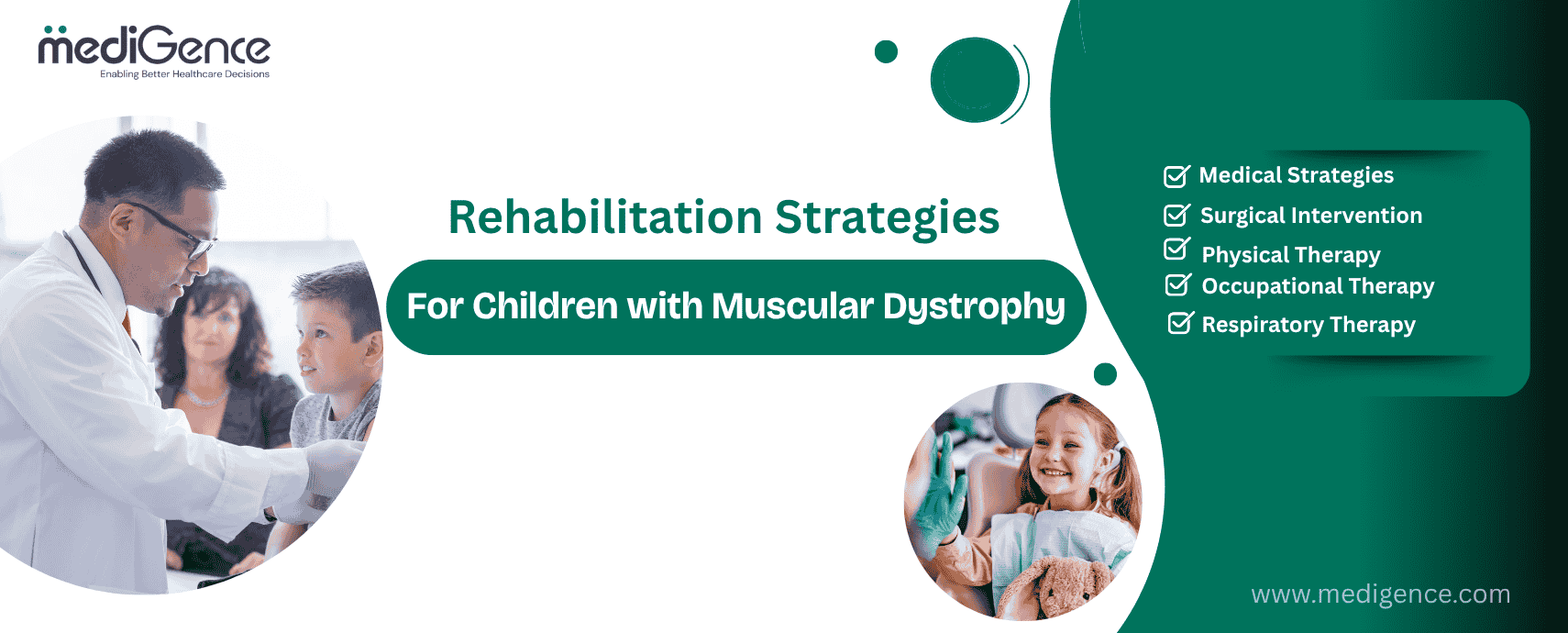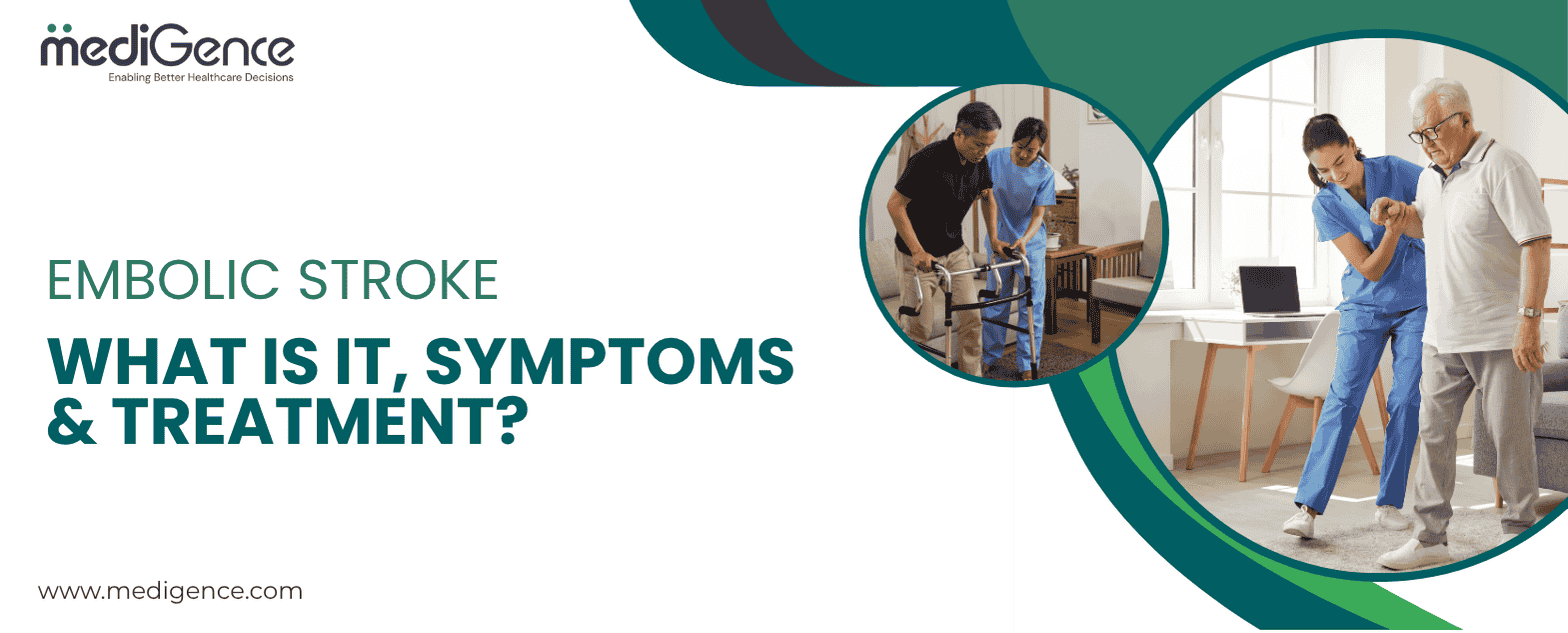Stroke is one of the top causes of disability worldwide and the second leading cause of death, but starting treatment immediately after a stroke may bring a significant chance of recovery.
One side of the body may become weak or paralysed after a stroke, making it difficult to walk and do daily tasks. You can learn how to move so that you can move around with the aid of physiotherapy. It can teach you how to utilize your hand and arm as much as possible for daily tasks. Following a stroke, physical therapy can help with a variety of issues, such as joint discomfort, mobility and balance issues, and muscular stiffness and spasticity.
What Research Says About Early Stroke Rehabilitation?
- According to a recent study, stroke survivors who engaged in a progressive early rehabilitation program had increased mobility and a higher standard of living than those who received standard treatment.
- According to evidence from clinical studies, early therapy starting has a positive impact on stroke recovery. Delaying the start of therapy might cause patients to experience preventable secondary problems such as reduced physical activity and permanent tightness.
- According to studies, physical therapy for stroke patients can result in notable gains in function and mobility. To assist patients in regaining their abilities, methods including strength training, balancing exercises, and gait training are frequently employed.
Importance of Early Physiotherapy
- Early mobilisation: Early mobilisation after a stroke has been proven to help in recovery. Functional mobility exercises, such as lying, side-to-side movement, sitting, standing, and walking, are known as early mobilisation. During the initial days of stroke, for proper positioning and alignment, these movements are usually performed by skilled physiotherapists.
- Supportive Neuroplasticity: Neuroplasticity is utilised to help guide the restoration of function and the treatment of unwanted symptoms. This process in your head makes it possible for your brain to bypass damaged areas. Those new connections create new pathways to work around injuries. Encouraging repeated movement through early physiotherapy helps regain functional ability sooner and effectively relearns all the movements.
- Restoration Mobility: Mobility is a very important thing after a stroke. Patients who receive physical therapy are able to walk, climb stairs, and carry out other necessary motions by regaining their muscular strength, flexibility, and endurance.
- Psychosocial Benefits: Stroke-related psychological consequences including depression, anxiety, and post-traumatic stress disorder are linked to a worse quality of life across a number of areas, which frequently affects social interactions and community involvement.

Get Free Online Consultation with Expert
Physiotherapy Techniques Used in Early Stroke Patients
- Functional Electrical Stimulus: By stimulating muscles and neurons with electrical currents, electronic stimuli help encourage neuromuscular reeducation and facilitate muscle contraction. It can be helpful in improving circulation, reducing muscular spasticity, strengthening weak muscles, and improving motor function during post-stroke rehabilitation. Those with restricted voluntary muscular mobility benefit most from this approach.
- Constraint-Induced Movement Treatment (CIMT): Repetitive training of functional activities using the weaker hand. Tasks may involve gathering or arranging small items and performing routine daily activities.
- Mirror Therapy: Following a stroke, mirror therapy is a new type of rehabilitation that can help people regain hand, arm, and occasionally even leg mobility. Mirror therapy’s accessibility to stroke survivors with severely restricted movement and even post-stroke paralysis
- Virtual Reality: Functional improvement is linked to virtual reality activity of the motor region after virtual reality training in stroke patients, according to previous research that employed functional imaging. This has pushed and encouraged the use of virtual reality in stroke therapy. These effectiveness requirements appear to be met by virtual reality, according to post-stroke functional MRI of patients.
- Strength Training: Strength training is an exercise that makes your muscles work hard against a weight. Exercises designed to restore muscular strength, which is frequently lost following a stroke. Body weight exercises, resistance band exercises, and weight training are examples of this. It is also safe and usually well accepted by most stroke patients.
- Bilateral Arm Training: Bilateral Arm Training is when you do the same or alternating arm movements with both arms. This training involved connecting both hands so that the healthier arm could assist in moving the injured arm.
- Balance and Coordination Training: Enhancing stability and preventing falls a significant risk factor in stroke recovery are two benefits of balance training. Exercises that focus on coordination, appropriate weight distribution, and core stability are worked on by physiotherapists. Weight-shifting exercises and balance training are incorporated into physical therapy to assist patients in restoring stability and lowering their risk of injuries and falls.
Conclusion
With benefits such as improved mobility and reduced difficulty, early initiation of physiotherapy following a stroke is a crucial component of the recovery process. MediGence helps you to provide world-class, skilled, well-qualified physiotherapists to help stroke survivors regain control and confidence through interventions. Best results are achieved by starting early, being consistent, and working with a cooperative and experienced team at MediGence. Always in touch with medical experts to create an individualised rehabilitation plan. For more information on stroke recovery, visit MediGence and schedule a consultation with our expert team.
Know more about: Stroke Paralysis: Expert Tips for Faster Recovery
Know more about: Top Physical Therapy Exercises for Stroke Patient Recovery









